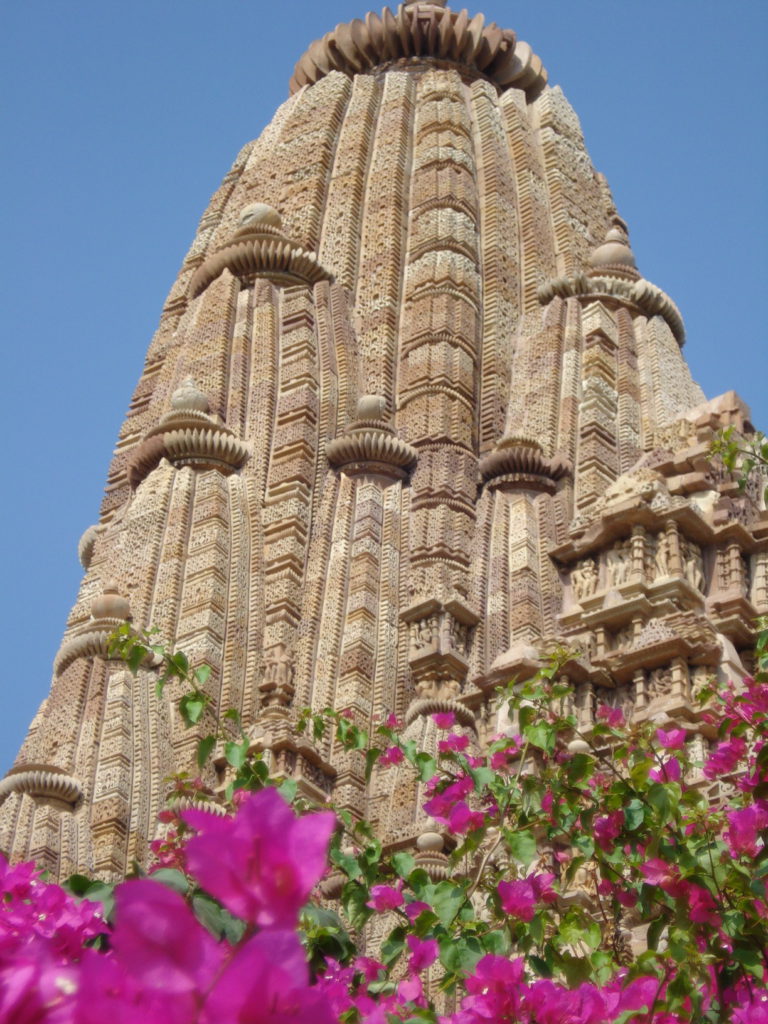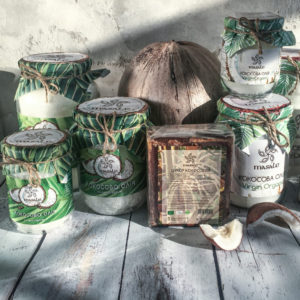Memories of our first travels in India – photos taken in the small town of Khajuraho, Madhya Pradesh, The Kandariya Mahadeva Temple
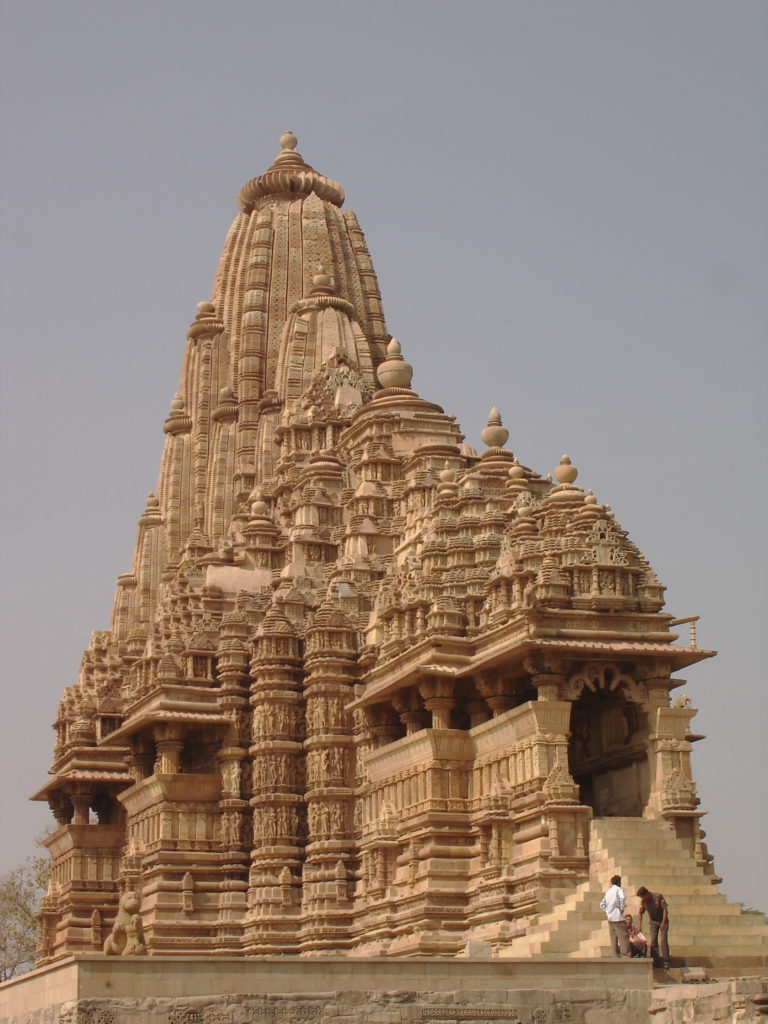
The temple complex of Khajuraho is located on the territory of more than ten square kilometers. During the heyday of the Chandela dynasty, there were 85 temples, only 22 of them remain today. Built nearly a millennium ago, the Hindu shrines have miraculously survived Muslim raids, British colonization, wars and natural disasters, and have remained steadfast under the power of time.
According to legend, the creators of the Khajuraho temples were descendants of the Moon god, who fell in love with the beautiful Hemavati, a priest’s daughter, after meeting her for the first time while bathing in the pool of Benaras, the city of broken hearts. The Moon God was so impressed by the girl’s beauty that he came down to earth that same night and seduced the beauty. The result of divine love was the son Chandravarman. However, the brahmin’s daughter could not accept the fact that her own son was born out of wedlock, and cursed the moon god, refusing to look at the sky until she died so as not to see the moon. With a heavy heart, God parted with the beauty, but prophesied that their son would be a great king.
Unfortunately, legends they do not tell whether Hemavati got rid of her prejudice against marriageable women vows, and whether the god of the Moon embraced the beloved beauty in the sky, overcoming the power of her curse. But the prophecy came true – the son of a god and an earthly beauty became a great king who founded Chandela dynasty.
One day after the death of his mother, Chandravarman saw her in a dream. Hemavati asked her son to build temples that would depict human passions. Taking in view of the diversity of human desires, the founder of the Chandela dynasty could not to fully fulfill the will of the mother, and the construction of shrines became a tradition of the Chandela rulers, which was followed almost all descendants of the dynasty. Each Chandela ruler is believed to have built at least one during his lifetime temple.
Built mainly of sandstone, decorated with materials of various shades of pink and pale yellow, at least twice a day – at dawn and at sunset, the temples flash against the blue sky like real jewels.
Heavens and people, flowers, animals, planets, musicians, gurus, children and adults, prayers, meditations, sacrifices, wedding ceremonies, scenes of everyday life and military battles…
The shrines of Khajuraho are well known for their unique sculptural compositions, but the erotic scenes of the glorified Kamasutra engraved on the walls of the temples attract the most attention of tourists, even though compared to the number of images of everyday life episodes, such sculptures are less than 10% here.
Erotic art of Khajuraho is considered the pinnacle of love and passion. The sensual female figure has always been one of the most canonical motifs of medieval Hindu temple art, and in Khajuraho, female nudity is intertwined with depictions of everyday life and sexual relations. In addition, in other temples, such sculptures are usually carved below eye level and are rarely noticed. Only in Khajuraho can you see depictions of the sophisticated art of love on the front walls of temples.
There are practically no sculptures with images of sexual scenes inside the barracks, which symbolizes the elevation of man over carnal desires to the moment of understanding the higher goals of people’s arrival in this world. As one of the options, such sculptures are a symbolic test of human readiness. After all, if the visitor was shocked or outraged by the bas-reliefs, it means that his spirit is restless and not yet ready for the concept of higher spirituality.
According to Hindu philosophy, Kama (sexual desire) is considered part of the four goals of human life. The other three are: Dharma (spiritual life), Artha (material possessions), and Moksha (liberation from the cycle of life and rebirth). The treatise “Kamasutra” covers not only the actual art of love, but also highlights a philosophical approach to spiritual love, physical health, teaches the rules of harmonious upbringing of children and communication between men and women, including advice on issues of family life.
One one of the main meanings of the erotic sculptures of the Khajuraho temples is the enlightenment of the simple people to create families and procreate. After all, there were temples in ancient times the main and sometimes the only source of education and information. On a deeper level the Khajuraho temple complex is a kind of demonstration of the dark and light halves of the human soul, the taming of human passions through liberation from desires (suffering) by achieving inner harmony and meditation for the sake reaching a higher spiritual level.
The temples of Khajuraho are a real celebration of femininity, as most of the sculptures depict Apsaras – proportionally curvaceous, flexible and beautiful women.
Next to the bas-reliefs, beautiful ornaments and sculptures, the images of goddesses and gods on the temple walls represent many manifestations of the deities Shakti and Shiva, the female and male principles, Yin and Yang. Female nudity and sex scenes in those days were not perceived as a sinful temptation, but as a symbol of fertility, balance between male and female forces, and harmonious development of body and spirit. But with the arrival of the British colonizers clamped in the grip of Catholic prejudices – when the shrines of Khajuraho became the property of the general public, the era of unbridled sexuality of Indian culture began to decline.
75% of all tourists in Khajuraho are men, most of whom are in the age group of 26 to 40 years (prime and developing personality). A strange situation has developed with regard to women. It is believed that the ideal Indian woman will be chaste, sexually restrained, but at the same time well versed in the “art of love”.
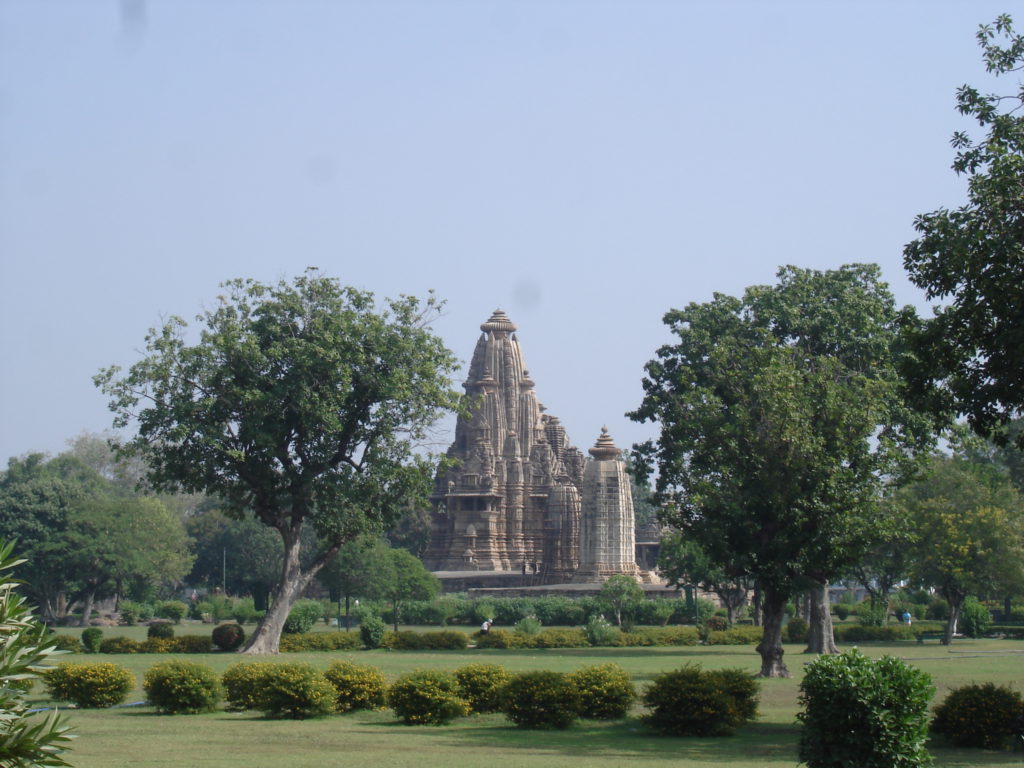
In Khajuraho, local tourists are often divided into gender-homogeneous groups. While men wander alone, enjoying the temple ensembles, and sometimes openly flirting with foreign tourists, local women gather mostly in groups, and move around the territory of the complex in quick tours, shyly peering at the famous sculptures, and then move on.
In general, calling Khajuraho shrines “Kamasutra temples” is extremely incorrect. Because the connection between these names is mostly the result of wrong interpretation of the concepts of “divine love” and “art” by Europeans love” and, even more precisely, a successful marketing move on the part of advertisers tourism strategies of the Government of India.
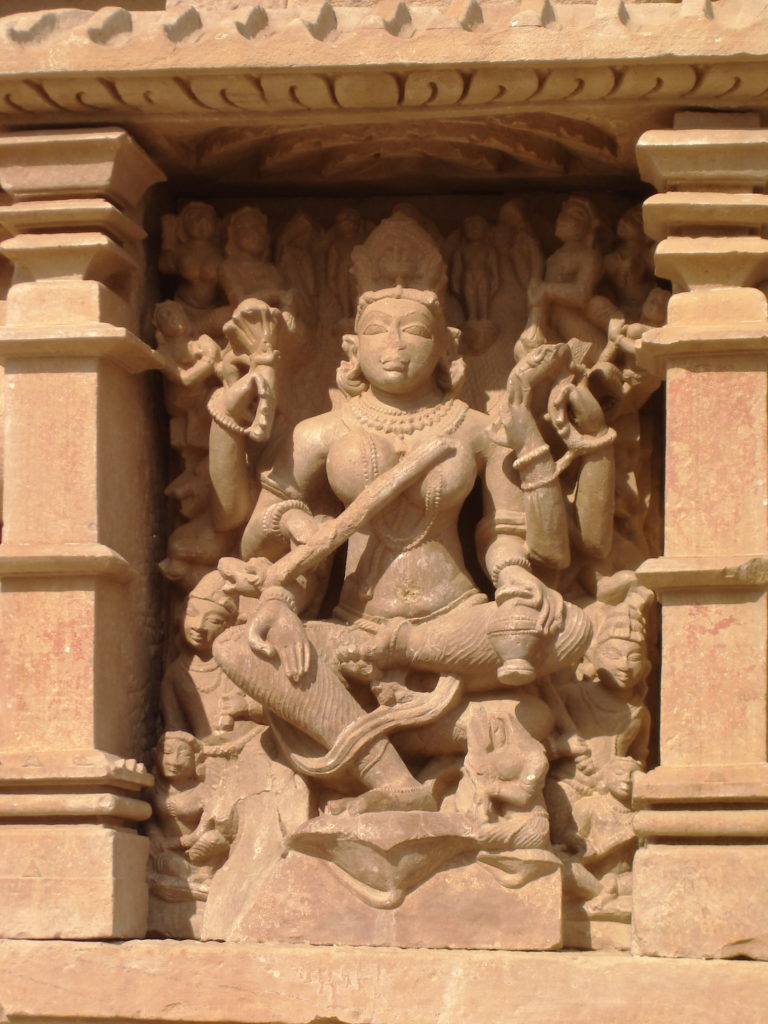
Perception the conservative Indian society built Khajuraho in quality pornographic objects at the same time is considered a manifestation of the liberality of the government and propaganda of “the most important historical monument of Kamasutra temples” on levels of economic development of the country with the help of international tourism.
One of a pamphlet produced by the government of Madhya Pradesh states: “Whatever the interpretation of the erotic scenes carved on the walls temples in Khajuraho, of course there is nothing scary and brutal about them. In fact, the imagination of the ancestors gave to us the best sculptural compositions that vibrate with rare sensuality and warm emotion”.
Many culturologists, art critics and philosophers share the opinion that the perception of excessive frankness of Khajuraho temples is wrong. And essentially, a similar attitude to the world and to the education of new generations suggests that even in ancient times, the moral principles of India were much higher than the level of spiritual education of Europeans, who, despite their education, will not soon reach such heights of perception of the universe. Supporters of this attitude call to look not at the images themselves, but through them, looking into the true meaning of human life – the combination of personality and divinity.
The power of the sun, merging with nature, the openness of the world and sensual pleasure in contrast to the closed spaces of prayer houses, which fuel the concept of “sin” in other religions – this is the real magic of Khajuraho temples!
